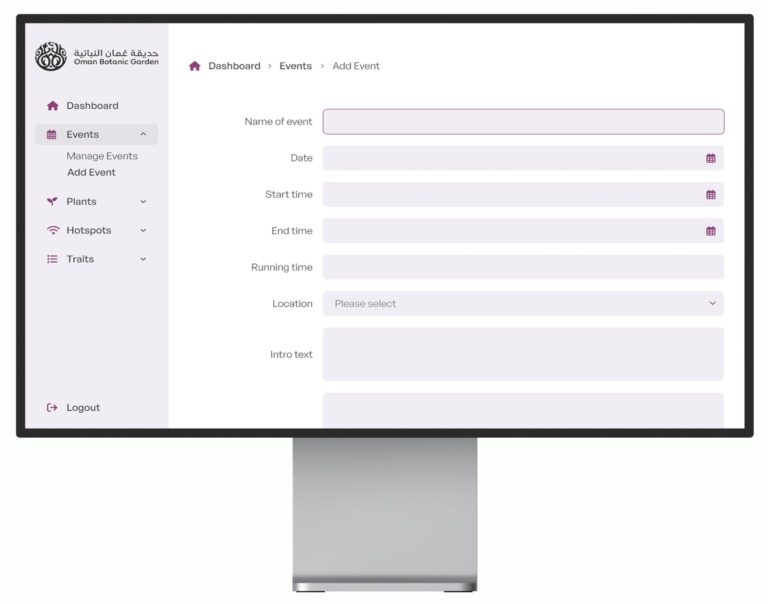We’ve recently launched a separate company for our own start up HallsHire Limited – it’s been going 20 years now and has grown to a size that it’s best being it’s own beast that a subdivision of 18a. So that’s exciting times! But as a result, we needed to open a new bank account for this new limited company. So Tom started looking around – and he hit upon a ridiculous number of hurdles to opening a new bank account online. And I therefore found myseful, unexpectedly, with a blog post on reviews of UK banks.
Now, whilst the issues described below were found on banking websites when setting up a business bank account, they are the sorts of issues that can happen anywhere, so they’re worth taking heed from.
Barclays
First stop was Barclays. Their website tells you how you can open an account via their app or online… as long as you’re the only Director of the company. If you’re not…. it doesn’t give you any options. There is an option for companies that have been trading for more than 1 year, but if you’re brand new and have more than 1 Director (which isn’t unusual for a start up venture) then you hit a brick wall immediately…
Take away:
Think about your users – sketch out who might be coming to your website and consider their circumstances. Don’t make people who you might want to do business with feel uncatered for or left with no choice but to leave your website because they can’t find the right box to click on.
So the search went on to the next bank – an online offering…
Starling bank
All seemed promising, and Tom spent lots of time reading all the small print etc. Until he got to the stage where Starling’s system needed to check the details of our new company at Companies House. It claimed there were no Directors listed, and that that was a prerequisite for opening an account, so informed us we should go and rectify that and then return to continue with our application. The problem is, there are Directors listed with Companies House, and they clearly show on the Companies House website, so we didn’t really have anywhere to go with that.
Take away:
Test your 3rd party integrations carefully and build logging tools with alerts so that if something fails – from either side – you can be notified and jump in and rectify it. We’ve done this with various clients – we have email alerts, along with coloured dot interfaces so clients can see when something starts to create more errors than usual to suggest a problem may be brewing, and gives the client visibility on what’s wrong.
Next up was another big name:
Virgin Money
All was going well here until we had to enter our address. Tom entered our post code, and whereas usually you then get a list of addresses to choose from, he got nothing. No options and no way to proceed. Now, we are a slight curve ball as we are the only property at our post code, so this isn’t the first time this has happened, and it perhaps makes us more aware of this issue. But it was a brick wall with regards to proceeding with opening an account.
Take away:
In an ideal world, if dev budget and time allows, cater for single property post codes when you look up a list of addresses. But at a minimum, let people enter an address manually if the post code look up is failing them for any reason.
Tide
So along he went to Tide. Now, I’ve heard good things and bad things about Tide, but all seemed to go smoothly with their online system. This time, having read lots of T&Cs by now, just to be blocked by a technical short coming, Tom left reading the docs until last. When he did come to read them, they were pretty heavy. The bit he particularly didn’t like was them saying they’d charge us their expenses if we made a complaint against them and didn’t follow their complaints procedure properly. That isn’t super inviting, but more’s the point, it said we could read their complaints policy at some specified location – so we could at least check we were happy with the policy before confirming we’d always be willing to stick to it otherwise face their wrath. However, when we got to that specified location, there was no complaints policy – just an email address you could message to ask for it. So whilst not a complete brick wall, it didn’t give a very nice vibe, stopped us in our tracks and made us look elsewhere.
Take away:
Check your T&Cs aren’t needlessly off putting – obviously they need to cover what you need them too, but just check they’re not OTT. And make sure that if people need information in order to make an informed decision before buying from you or signing on the dotted line, that you give them any information where you say you will.
Natwest
Last but by no means least, he headed to Natwest – which felt like a blast from the past. All went well and things are moving forward, but what was noticeable here was how out of date the list of business sectors was. We’ve been trading for 15 years, so we’re used to not seeing “web development” in a list of skills or trades, but Natwest’s lists of sectors was even more behind the times than usual. An old faithful we sometimes use when “web programming” isn’t available in a list of options to describe what we do is “marketing”, but in their list this just brought up the Milk Marketing Board! So we had to settle for something along the lines of IT.
Take away:
Sense check your processes and the language and options you’re giving people to make sure they’re still current.
If you’d like to get a fresh set of eyes on your online system, do get in touch to enquire about our UX review and consultancy services.



